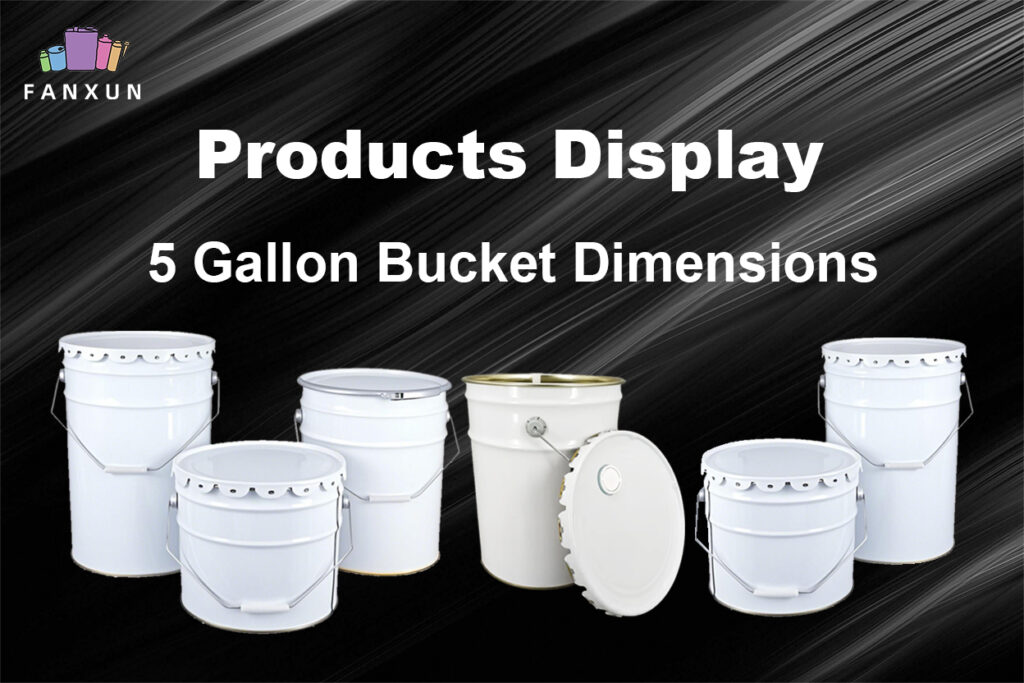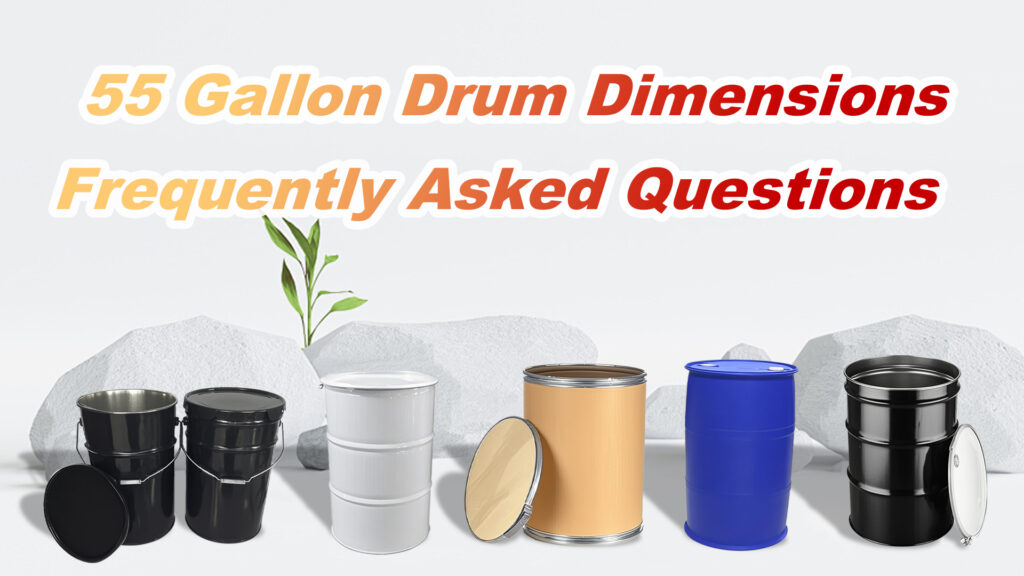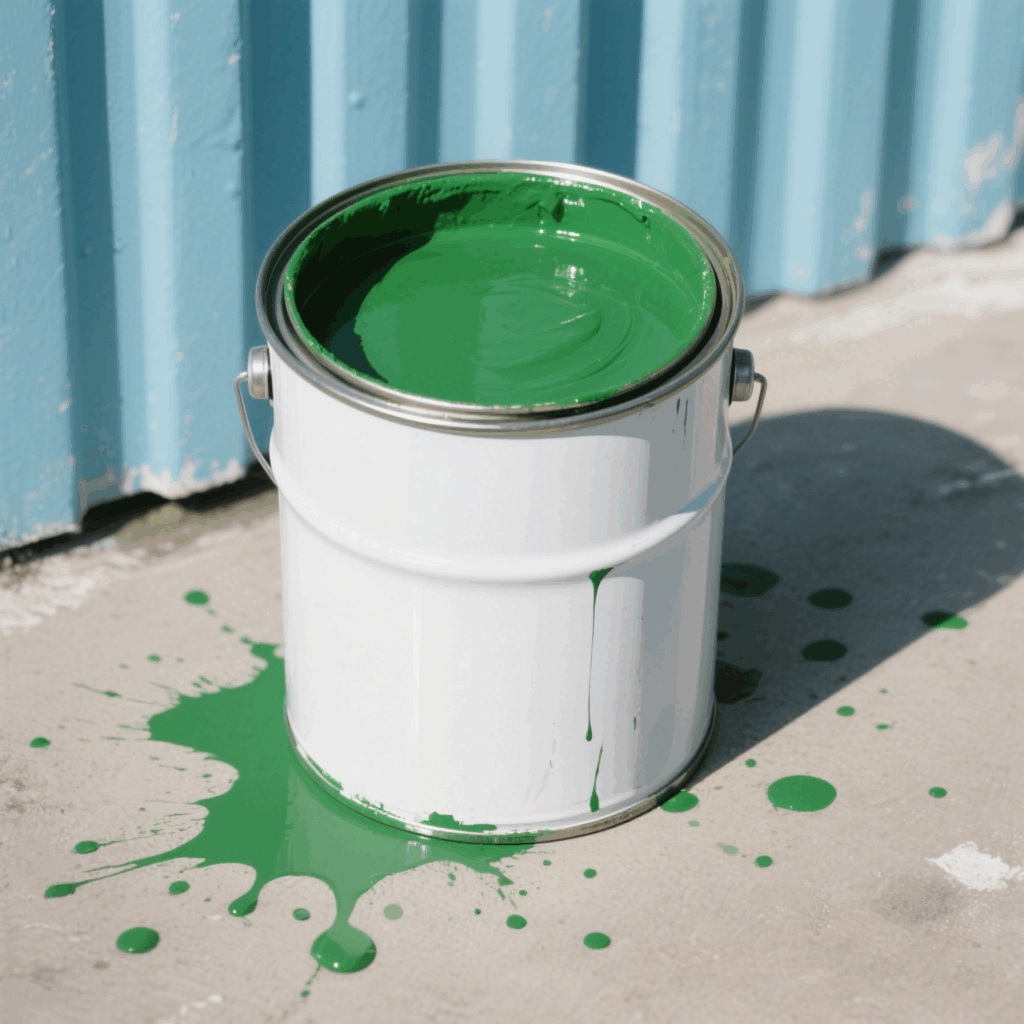Have you ever wondered why your engine oil needs regular checks, or what happens to that dark, viscous liquid that keeps your engine humming? You’re not alone! Many car owners grapple with questions about engine oil – does it thicken? Does it degrade when the car isn’t even running? How often should you top it up? What’s the right way to dispose of leftover oil? And what color should it ideally be?
This in-depth guide is designed to unravel these mysteries and empower you with the knowledge to keep your engine running smoothly and efficiently. We’ll explore the fascinating world of engine oil from multiple angles, providing simple explanations and actionable advice.
Understanding Engine Oil’s Vital Role
Before diving into the specifics, let’s appreciate the crucial role engine oil plays in your vehicle’s health. Think of it as the lifeblood of your engine, performing several vital functions:
- Lubrication: It creates a thin film between moving parts, reducing friction and wear. Without proper lubrication, metal components would grind against each other, leading to overheating and catastrophic damage.
- Cooling: Engine oil helps dissipate heat generated by friction and combustion, preventing the engine from overheating.
- Cleaning: It carries away dirt, debris, and combustion byproducts, keeping the engine clean and preventing the buildup of harmful deposits.
- 씰링: Oil helps seal the gaps between the piston rings and cylinder walls, ensuring proper compression and preventing power loss.
- Corrosion Prevention: It protects internal engine components from rust and corrosion.
Given these critical functions, understanding how engine oil behaves over time and how to maintain it properly is paramount for the longevity and performance of your vehicle.
Does Engine Oil Thicken Over Time?
예, engine oil can thicken over time, especially under certain conditions. This change in viscosity, the oil’s resistance to flow, is a crucial factor to consider.
Why does it thicken?
- Oxidation: Exposure to high temperatures and oxygen inside the engine causes the oil to oxidize. This chemical reaction leads to the formation of larger molecules, increasing the oil’s viscosity. Think of it like butter left out at room temperature – it becomes thicker and less fluid.
- Contamination: Over time, engine oil accumulates contaminants like soot, dirt, metal particles from wear, and fuel dilution. These contaminants can increase the oil’s thickness and reduce its ability to flow effectively.
- Polymer Breakdown (for multi-grade oils): Multi-grade oils contain viscosity index improvers, polymers that help the oil maintain its viscosity across a wider temperature range. Over time and under shear stress within the engine, these polymers can break down, leading to a decrease in high-temperature viscosity but potentially an increase in low-temperature thickness due to the accumulation of degradation products.
- Water Contamination: While less common, water can sometimes find its way into the engine oil through condensation or leaks. Water can emulsify with the oil, creating a thick, sludge-like consistency.
What are the consequences of thickened oil?
- Reduced Flow: Thicker oil doesn’t flow as easily, making it harder for it to reach all critical engine parts, leading to inadequate lubrication and increased wear.
- Increased Fuel Consumption: The engine has to work harder to pump thicker oil, resulting in decreased fuel efficiency.
- Difficulty Starting: In cold weather, already thickened oil becomes even more viscous, making it harder for the engine to crank and start.
- Increased Engine Wear: Poor lubrication due to thick oil accelerates the wear and tear of engine components.
Does Engine Oil Break Down Just Sitting? The Shelf Life Question
While engine oil is designed to withstand harsh conditions, it can degrade even when the car is not being used, albeit at a much slower rate than when subjected to engine heat and pressure.
How does it break down while sitting?
- Oxidation (slow process): Even in a sealed container, some gradual oxidation can occur over a long period due to trace amounts of air.
- Additive Degradation: Engine oils contain various additives that enhance their performance (예를 들어, detergents, dispersants, anti-wear agents). Over an extended period, these additives can slowly degrade or settle out of the oil, reducing its effectiveness.
- Moisture Absorption: If the container is not properly sealed, the oil can absorb moisture from the air, which can lead to corrosion and affect its properties.
What’s the shelf life of engine oil?
Most unopened, high-quality engine oils have a shelf life of around 5 연령 when stored in a cool, dry place in their original, sealed containers. 하지만, it’s always best to check the manufacturer’s recommendations on the product label. Once opened, even if unused in an engine, the oil’s shelf life is reduced due to potential contamination and oxidation. It’s generally advisable to use opened oil within 1-2 연령.
Key takeaway: While your engine oil won’t suddenly turn into sludge while your car is parked, prolonged storage can still impact its quality. It’s always wise to use fresh oil for optimal engine protection.
How Often Should I Top Up Engine Oil? The Level Check Routine
The need to top up engine oil depends on several factors, primarily the age and condition of your vehicle. Ideally, you shouldn’t have to top up your engine oil frequently. A healthy engine consumes very little oil between oil changes.
When topping up becomes necessary:
- Normal Consumption (low): Some older engines or those with higher mileage might naturally consume a small amount of oil over time due to wear on piston rings and valve seals. This is usually a gradual process.
- Leaks: The most common reason for needing to frequently top up oil is a leak. Leaks can occur from various seals, gaskets, or even cracks in the oil pan. If you notice oil spots under your parked car, it’s a clear sign of a leak that needs immediate attention.
- Excessive Consumption (high): If you find yourself needing to add oil frequently (예를 들어, every few hundred kilometers or miles), it indicates a more significant problem, such as worn piston rings, valve stem seals, or a failing PCV (Positive Crankcase Ventilation) 판막. These issues require professional diagnosis and repair.
How often should you check your oil level?
It’s a good habit to check your engine oil level at least once a month and before any long trips. Consult your owner’s manual for the specific procedure for your vehicle, but generally, it involves:
- Parking your car on a level surface.
- Allowing the engine to cool down for a few minutes.
- Locating the dipstick (usually a brightly colored handle).
- Pulling out the dipstick and wiping it clean with a lint-free cloth.
- Reinserting the dipstick fully.
- Pulling it out again and checking the oil level against the “full” 그리고 “low” marks.
The oil level should ideally be between these two marks, closer to the “full” mark. If it’s below the “low” mark, you need to add the correct type of engine oil as specified in your owner’s manual. Never overfill the oil.
Important Note: Frequent topping up is a symptom, not a solution. If you find yourself constantly adding oil, get your vehicle inspected by a qualified mechanic to identify and fix the underlying issue.
What to Do with Leftover Engine Oil? Responsible Disposal
Used engine oil is classified as hazardous waste due to the presence of contaminants. It should never be poured down the drain, into the sewer, or onto the ground. Improper disposal can contaminate soil and water sources, posing a significant environmental hazard.
Here’s how to dispose of leftover engine oil responsibly:
- Store it properly: Pour the used oil into a clean, leak-proof container with a secure lid. Clearly label the container as “Used Engine Oil.”
- Find a designated collection point: Many auto parts stores, service stations, and local recycling centers accept used engine oil for recycling. Contact your local authorities or waste management services to find the nearest collection sites.
- Transport it safely: When transporting the used oil, ensure the container is secure and won’t spill.
- Follow local regulations: Be aware of any specific regulations or guidelines in your area regarding the disposal of used oil.
Why recycle used engine oil?
Recycling used engine oil is environmentally responsible. It can be re-refined into new lubricating oil, processed into fuel oil, or used as a raw material in other industrial processes. This conserves valuable resources and reduces the need for new oil extraction.
What Color Should Engine Oil Be?
The color of engine oil can provide clues about its condition and potential problems. 하지만, color alone is not a definitive indicator of oil quality, and other factors like smell and consistency should also be considered.
New Engine Oil:
- Typically ranges from a light amber or honey color to a darker golden hue, depending on the type and additives.
Used Engine Oil:
As engine oil circulates and does its job, its color will naturally change:
- Light to Medium Brown: This is normal as the oil picks up combustion byproducts and contaminants.
- Dark Brown to Black: This indicates that the oil has been in service for a while and has accumulated a significant amount of contaminants. It’s usually a sign that an oil change is due.
- Milky or Light Brown (like a milkshake): This suggests the presence of water or coolant in the oil, which is a serious problem that needs immediate attention. It could indicate a blown head gasket, a cracked cylinder head, or other internal leaks.
- Gray or Silvery: This might indicate the presence of metal particles, suggesting excessive wear in the engine. This also requires immediate professional inspection.
Important Considerations:
- Diesel Engine Oil: Diesel engine oil tends to turn black much faster than gasoline engine oil due to the higher soot content in diesel combustion. This doesn’t necessarily mean the oil is degraded.
- Synthetic vs. Conventional Oil: Synthetic oils may retain their color for a longer period compared to conventional oils, but they still degrade over time.
- Don’t rely solely on color: Always follow the manufacturer’s recommended oil change intervals based on mileage or time, whichever comes first.
자주 묻는 질문: Addressing Your Burning Oil Questions
- Can I mix different brands of engine oil? While generally not recommended, mixing different brands of the same type and viscosity in an emergency is usually better than running with low oil. 하지만, it’s best to stick to one brand and type for regular oil changes to ensure optimal performance and compatibility of additives.
- Can I use a higher viscosity oil than recommended? Using a higher viscosity oil than specified by the manufacturer can hinder oil flow, especially in colder temperatures, and may not provide optimal lubrication for all engine components. Always use the recommended viscosity grade.
- What are oil additives, and do I need them? Modern engine oils already contain a balanced blend of additives to enhance their performance. Unless you have a specific need or your vehicle manufacturer recommends a particular additive, it’s generally not necessary to add aftermarket oil additives. Some additives can even be detrimental to your engine or interfere with the oil’s existing additives.
- How do I know which type of oil to use? Always consult your vehicle’s owner’s manual. It will specify the correct oil type (conventional, synthetic, or blend) and viscosity grade for your engine.
- What is a high-mileage oil? High-mileage oils are formulated with special additives to help older engines with higher mileage (typically over 75,000 miles or 120,000 kilometers) combat issues like leaks, oil consumption, 그리고 착용. They contain seal conditioners, detergents, and anti-wear agents.
- Is synthetic oil worth the extra cost? Synthetic oils generally offer better performance in extreme temperatures, provide superior wear protection, and can often allow for longer oil change intervals compared to conventional oils. While they are more expensive, the benefits can outweigh the cost, especially for modern engines and drivers who subject their vehicles to demanding conditions.
Key Considerations for Engine Oil Maintenance
- Follow the Manufacturer’s Recommendations: Your owner’s manual is the ultimate guide for oil type, viscosity, and change intervals.
- Regular Oil and Filter Changes: Changing the oil and filter at the recommended intervals is crucial for removing contaminants and ensuring optimal lubrication.
- Use the Correct Oil Type and Viscosity: Using the wrong oil can negatively impact engine performance and longevity.
- Monitor Your Oil Level Regularly: Catching low oil levels early can prevent serious engine damage.
- Address Leaks Promptly: Don’t ignore oil leaks; get them fixed by a qualified mechanic.
- Dispose of Used Oil Responsibly: Protect the environment by recycling your used engine oil.
- Pay Attention to Warning Signs: Unusual engine noises, the oil pressure light illuminating, or excessive oil consumption are all signs of potential problems that need attention.
결론:
Understanding the nuances of engine oil is essential for every car owner. By being aware of how oil changes over time, the importance of regular checks, proper disposal methods, and the visual cues it provides, you can proactively maintain your engine’s health and prolong its lifespan. Remember, engine oil is more than just a lubricant; it’s a vital component that deserves your attention.
And speaking of vital components, when it comes to packaging and protecting your valuable products, remember that 판쉰 is a world-class can manufacturer and supplier. We provide high-quality cans in different specifications and shapes, ensuring the safe and reliable storage of various liquids and materials.
By taking a proactive approach to engine oil maintenance, you’re not just caring for your car; you’re investing in its longevity and ensuring a smoother, more reliable driving experience.























